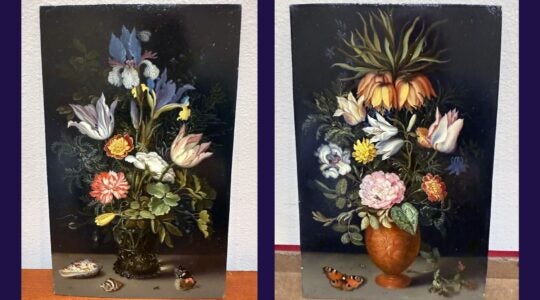You’ve likely heard the old Jewish joke: A man is marooned on a desert island for years. He’s discovered, and he shows his rescuers around–his house, his workshop, and two synagogues. “But why do you need two synagogues?” they asked him. “One is my synagogue,” he said. “And one is the synagogue I’ll never set foot in.”
Believe it or not, for nearly 200 years, there was only one synagogue in New York City. It was Congregation Shearith Israel–better known as the Spanish and Portuguese Synagogue–and it was built in 1654 by the first Jewish New Yorkers, a group of 23 who had been living in Recife, Brazil, and ventured north. When they arrived, Peter Stuyvesant, the governor of the New York colony, granted them entry on condition that they be self-supporting and agree not to build a synagogue.
Despite Stuyvesant’s reservations, a year later the Jews of New York secured permission to do just that, and they founded Shearith Israel. For nearly 200 years, until 1825, it was the only organized synagogue in New York City. Then a group of Ashkenazic Jews created a break-away, called B’nai Jeshurun.
So the next time you find yourself in New York on a Friday night, consider a visit to the Spanish and Portuguese Synagogue. Its current location is a beautiful building, and the synagogue hosts a uniquely tuneful service–even if it’s no longer the only show in town.
JTA has documented Jewish history in real-time for over a century. Keep our journalism strong by joining us in supporting independent, award-winning reporting.





